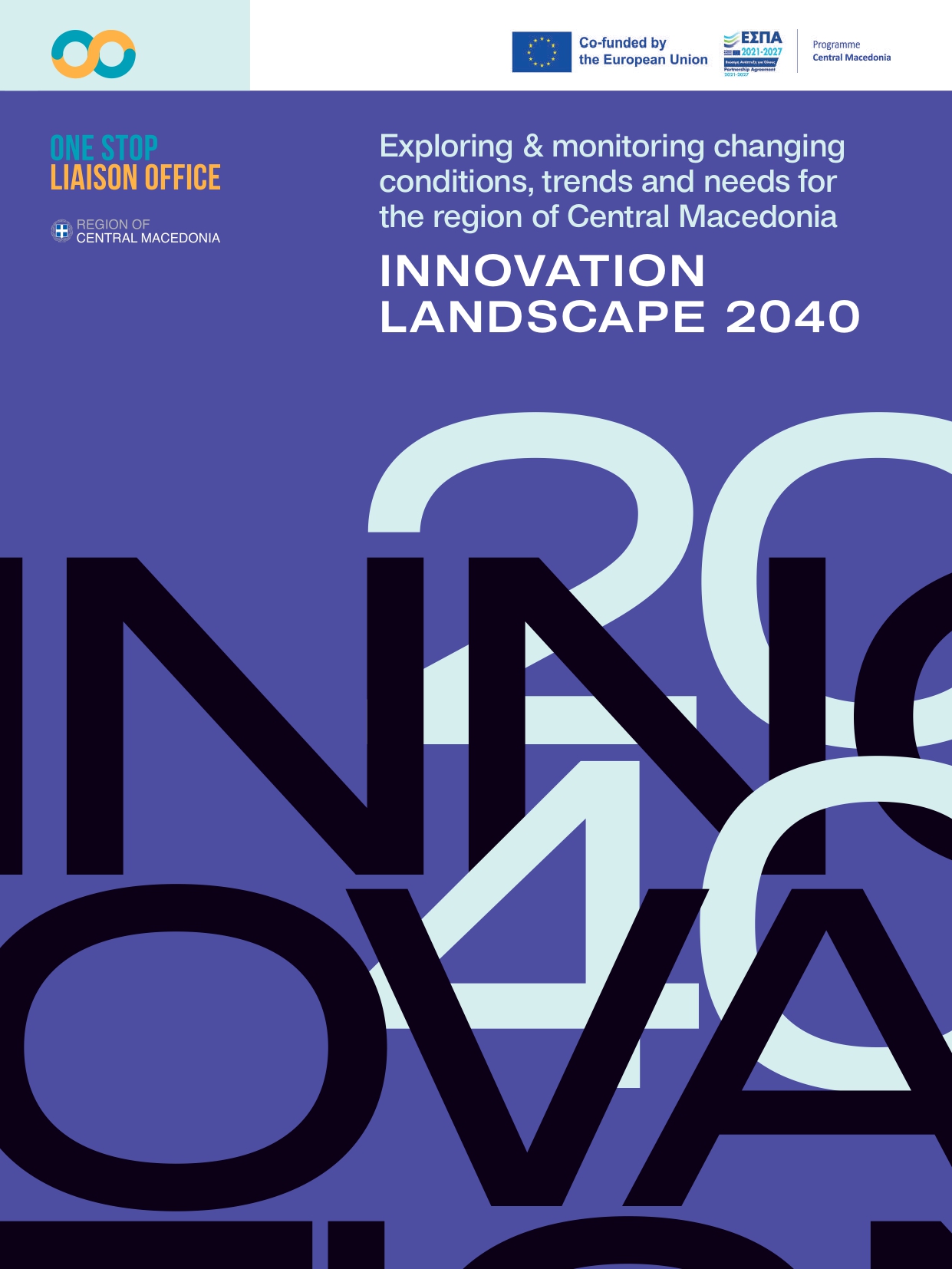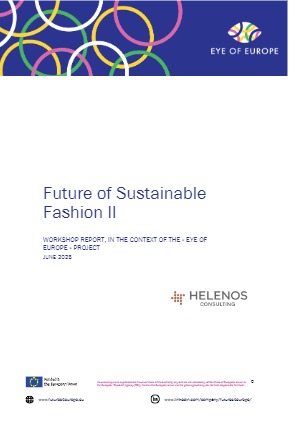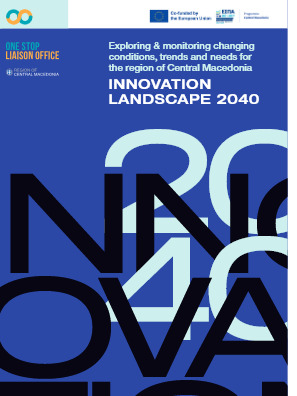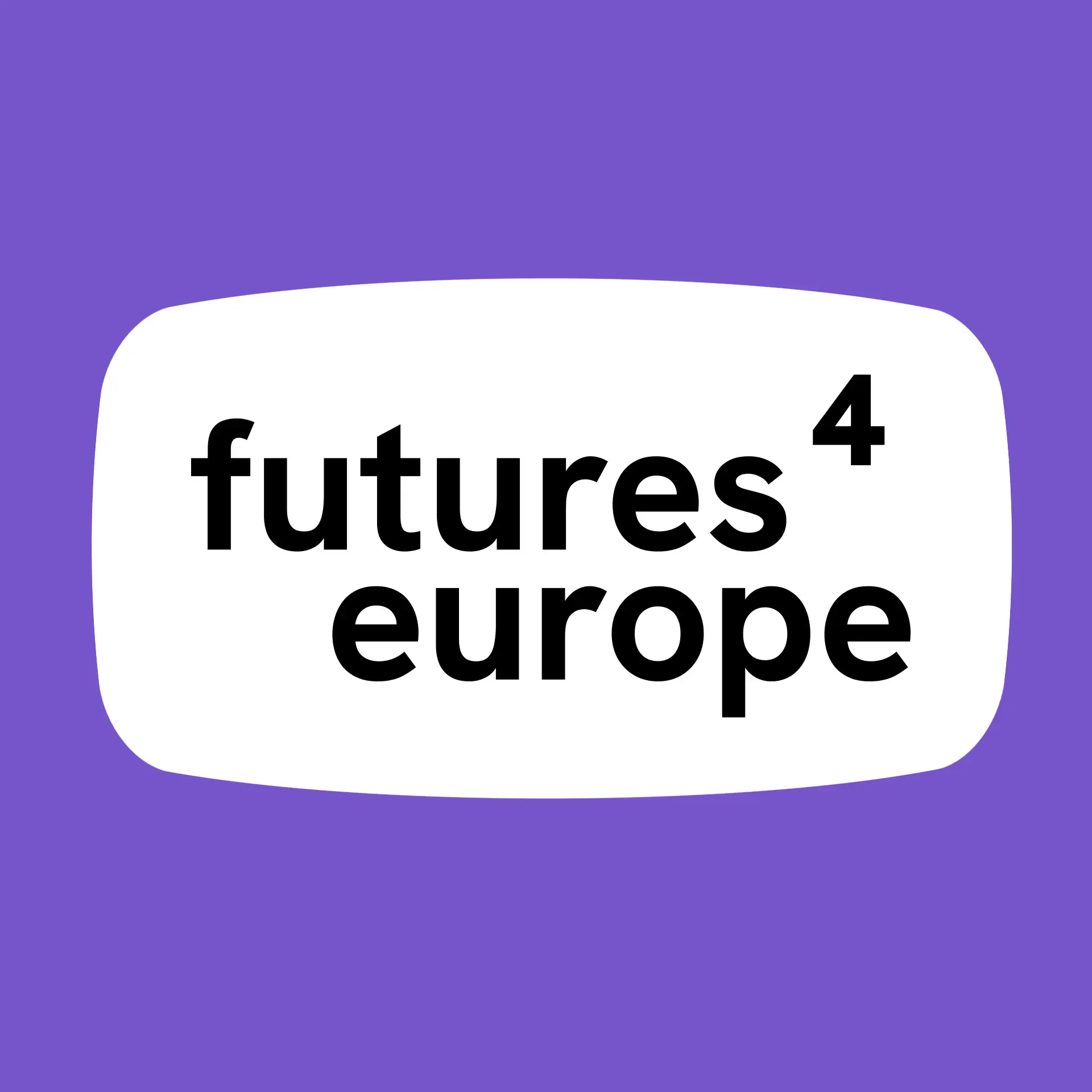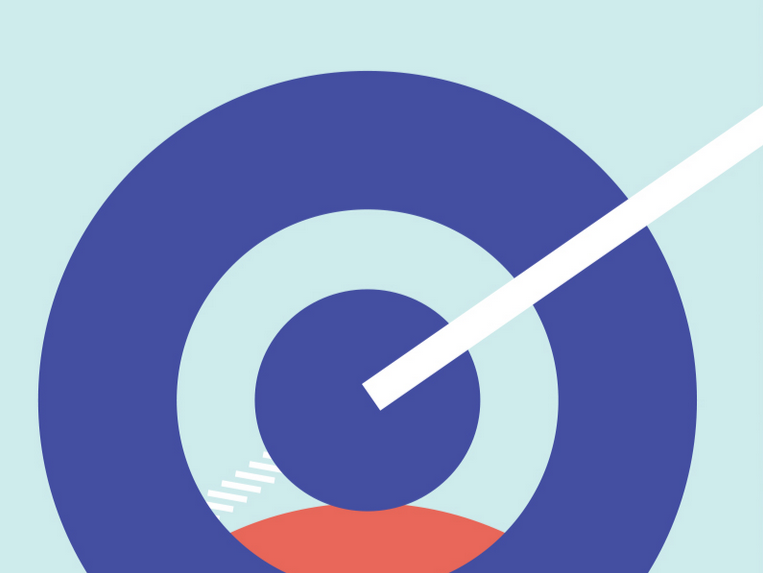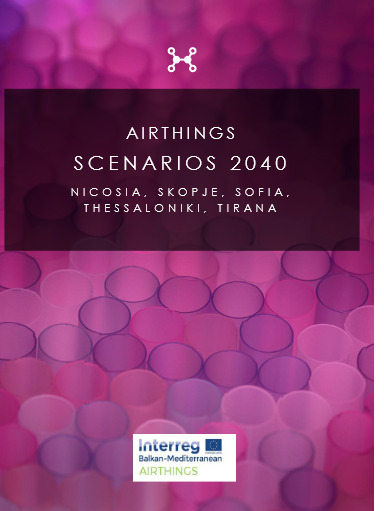As a partner of the Eye of Europe Project, Helenos will implement its first pilot on Fashion Futuring, investigating potential links among objects, fiction, culture, and systems to understand how the values of the systems/societies can shape the future of fashion.
The event was realized on 20th of January, 2025 at MOMus- Museum of Modern Art, Thessaloniki, Greece.
Context
Have you ever wondered why people in Ancient Egypt (3100-30 BCE) wore hair wigs? Or why samurai have been associated with kimonos, while feminine full skirts are linked with the post-war America of the ‘50s? There are numerous examples of fashion items that represent specific periods and places. But what does that signify? In ancient Egypt, men wearing hair wigs was considered an honor and a symbol of equalization to women, as women were regarded as wise and sacred.
Similarly, in Tokugawa Japan (1603 – 1868), when samurai lived, clothing indicated one’s rank and role within the highly structured feudal society, while in post-war America, fashion was influenced by the idealized image of the suburban family, emphasizing domesticity and traditional gender roles. The common space of all three examples is that - throughout the centuries - fashion has served people and societies as a way of self-expression, a sign of social status, also revealing the prevailing social norms and beliefs.
Today, our highly complex and uncertain world requires strategic tools that will help us create new sustainable development trajectories. Fashion not only reveals unique and collective identities, norms, and ethics but is also associated with environmental issues. It is one of the largest pollutant industries, prompting a shift in the way we produce and consume fashion items. How might the climate crisis change our attitudes, and how does this impact the fashion industry?
What is Fashion Futuring?
Fashion Futuring is an innovative approach that investigates potential links among objects, fiction, culture, and systems to understand how the values of the systems/societies can shape the future of fashion. It suggests a significant shift in the future of fashion approach, moving away from short-term trends and financial forecasting as primary factors for fashion production, towards sustainable, more humane means of fashion producing and consuming.
The pilot
The upcoming pilot at the beginning of the next year is targeted towards regional stakeholders in Greece, such as citizens, CCI regional firms, and experts from academia and market and regional policy-makers. The workshop consists of a 7-stage methodology based on Garcia (2023), where participants will be encouraged to share their personal experiences and values, co-create a fictional future, and work together to design a fictional fashion item based on this future. The workshop will utilize various foresight methods, primarily core design, what-if scenario development, and strategic thinking.
In the spring of 2025, Helenos Consulting will organize a second pilot on the same topic, focussing on a different audience of international and national Fashion, Textile, and foresight experts, to grasp a holistic image of the topic.
This workshop will be implemented in Greek with citizens and other local stakeholders from Thessaloniki.
